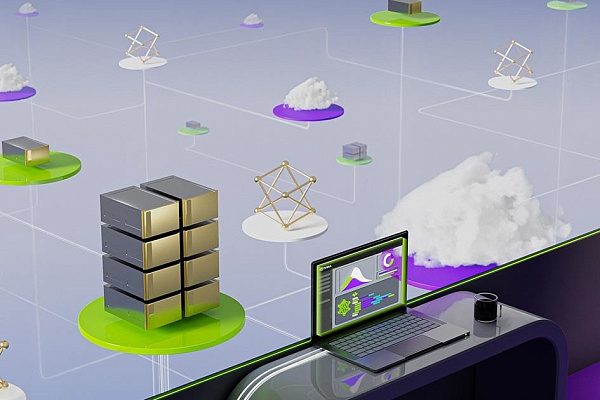DevOps is a methodology that brings together the development and operations teams to collaborate in order to deliver software products and services faster. It is a set of practices for automating software development, testing, deployment, and monitoring.
Traditionally, the development and operations teams worked independently and had little or no communication – developers wrote code and then passed it on to the operations team for deployment. This often led to delays and errors. DevOps is about breaking down this isolation.
DevOps aims to create a culture of collaboration between teams. This results in a seamless pipeline of software products.
DevOps lifecycle phases
The DevOps lifecycle consists of several iterative stages:
Plan. The development and operations teams identify software requirements, set goals, and prioritize tasks. This includes determining the scope of the project, its features and functionality, and setting deadlines.
Code. When all the necessary functionality for the software is defined, software engineers start coding. They also ensure that the code is well-documented and easy to maintain.
Build. In this stage, the code is compiled and tested to ensure that it meets the quality standards. Development teams retrieve verified code from a central repository using a tool that automates the process. It automatically moves lines of code in the binary artifact, evaluates its performance, and deploys the results to the repository.
Develop. Collaboratively build, test, and integrate code changes using version control systems.
Testing. It involves both manual and automated testing to ensure that the software works as intended. This includes functional testing, performance testing, security testing, and user acceptance testing.
Deployment. The software is deployed to production environments using automated deployment tools. This ensures that the deployment process is fast and efficient, with minimal downtime.
Monitoring. The software is monitored for performance issues, security vulnerabilities, etc. This helps quickly identify and resolve any issues.

DevOps goals and objectives
Since DevOps processes cover the entire software delivery cycle, there are several main goals of this approach:
-
reducing time to market;
-
reducing the failure rate of new releases;
-
reducing turnaround time for bug fixes.
These goals are achieved through the following objectives:
-
aligning software development and delivery processes with operations;
-
automation of development, testing, and deployment processes;
-
continuous testing of application quality;
-
management of IT infrastructure as code;
-
change management;
-
continuous monitoring of application performance and infrastructure health.
Thus, DevOps aims at predictability, efficiency, security, and maintainability of operational processes, as well as regular delivery of a reliably working product, its updates, and maintenance.
Why use DevOps
Here are the key benefits IT operations specialists can get after adopting DevOps.
-
Significantly reduced time-to-market through a seamless development and implementation cycle.
-
High quality of software products and services through accurate testing before deployment. This reduces the risk of bugs and other issues that can affect user experience.
-
Improved efficiency for developers and operators due to the automation of processes. This frees up time for team members to focus on more important tasks.
The tools required to implement DevOps
Infrastructure as a service - cloud servers allow for flexible capacity configuration, and scalability of resources and pay only for actual consumption.
Platform-as-a-service (PaaS) – complete solutions for data storage, development, and containerization. The service allows deploying and testing new tools without wasting time on long-term setup.
Git is the best-known and most popular version control system. It allows you to work flexibly with different versions of code.
Container orchestration systems. For example, Docker or Kubernetes. They provide container management, simplify the implementation of continuous code delivery, and rapid deployment of application configurations for testing and running on working servers.
CI/CD systems such as Jenkins or GitLab are software solutions that enable continuous deployment and delivery. They help to automatically transfer code, get feedback on it, and control processes in general.




